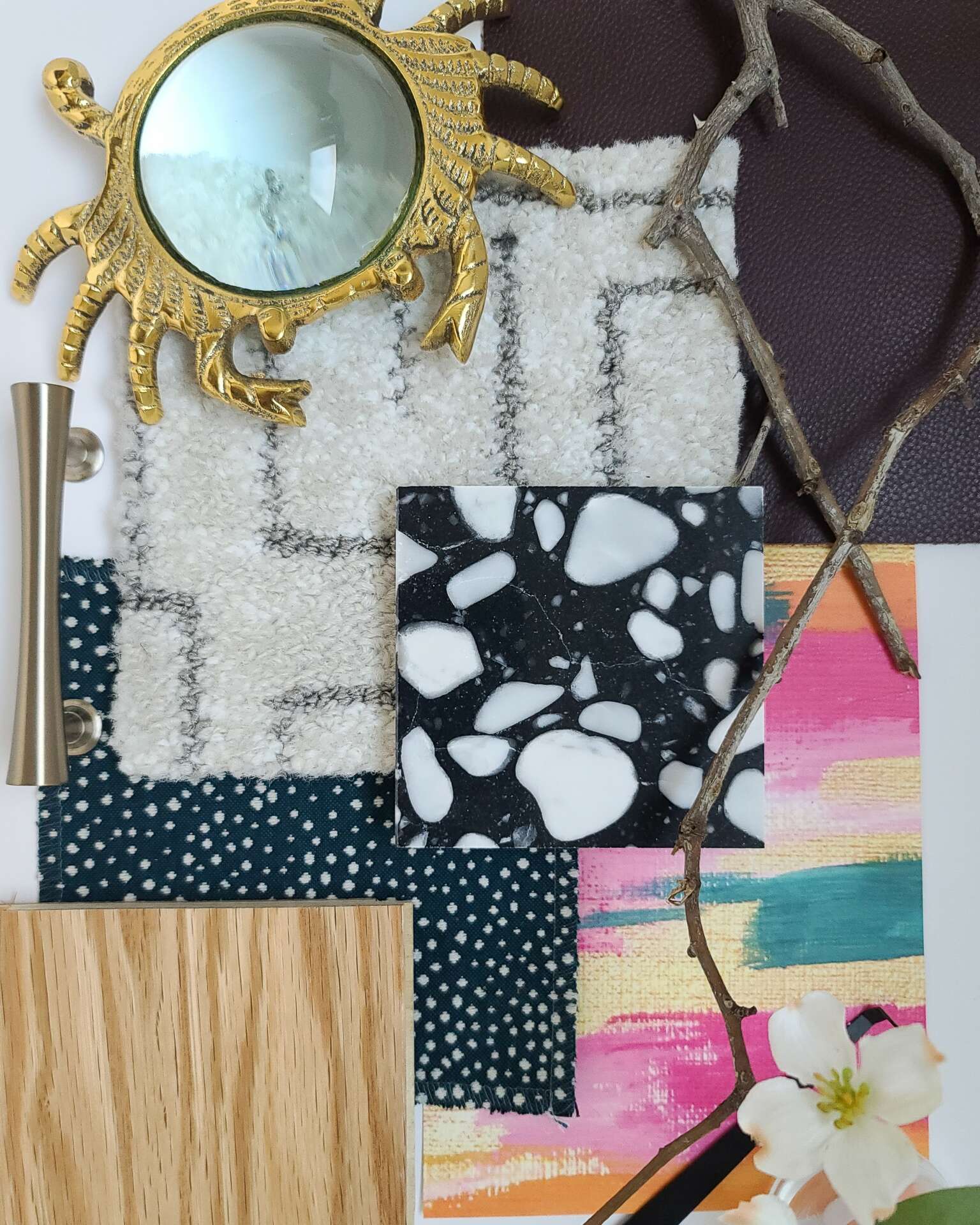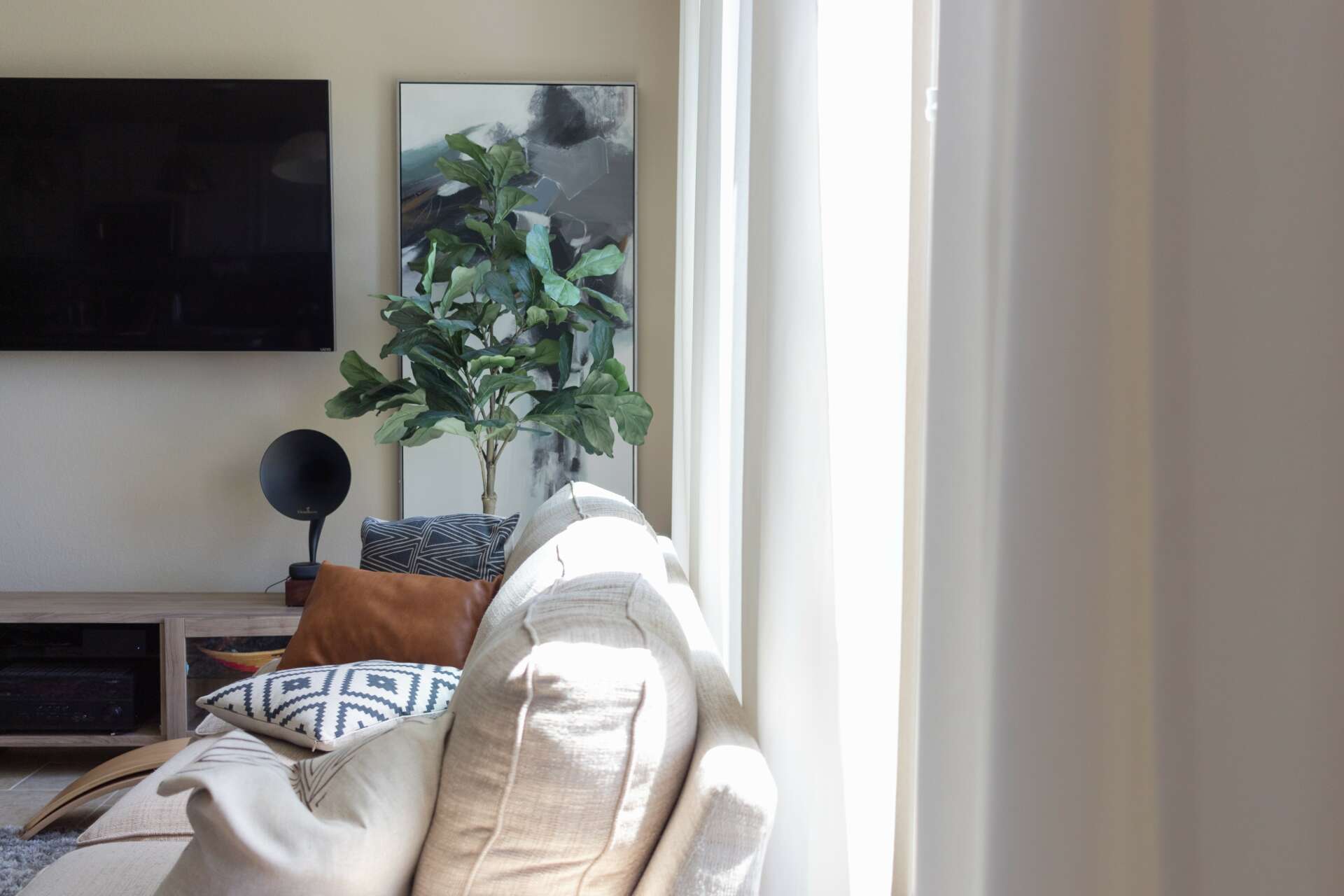We’re excited to introduce you to the always interesting and insightful Chioma Ikoku. We hope you’ll enjoy our conversation with Chioma below.
Chioma , thanks for joining us, excited to have you contributing your stories and insights. So, let’s imagine that you were advising someone who wanted to start something similar to you and they asked you what you would do differently in the startup-process knowing what you know now. How would you respond?
If only we could have hindsight before we set out on our journeys!
If I could go back in time, I’d invest even more in patience capital. It’s like venture capital, but the ROI is peace of mind. I spent so much time jumping from one model or process to another, thinking it wasn’t working “fast enough.” I’ve learned that processes are like wine—they improve with time. Rushing the journey only leads to cutting corners, and in entrepreneurship, each corner is a learning opportunity. You might reach the finish line quicker, but you’ll arrive without the wisdom you need for the next phase.
Also, early on, I confused my hobbies for business strategies. Now, I know that not every passion needs a business model. Some joys are meant to be just that—pure joy. So, this time, I’d separate my passion projects from the talents with monetization potential, ensuring both coexist but do not muddle each other’s objectives.
I’d also spend more time doing some quality networking! If I could start over, I’d look at networking as an investment, not an expense, and diversify early. There are many hats to wear as an entrepreneur, and finding mentors and peers who can simplify your journey is invaluable. You’ll save money, time, and heartache. Everyone’s trying to sell you something online; the faster you can sort through what you need and don’t, the better off you’ll be.
Lastly, I’d remind my younger self that entrepreneurship is not an episode of “Pimp My Ride.” Fancy tools and state-of-the-art equipment are great but don’t replace skill and ingenuity. A chef is not great because of their knives; they’re great because they know how to use them. I’d place less emphasis on having the latest gadgets and more on trusting my abilities to make magic happen with what I have.
To sum it up, starting over would be a dream in some ways but a forfeited learning journey in others. The best advice I can give is to make mistakes; just make sure each one is new.

Chioma , before we move on to more of these sorts of questions, can you take some time to bring our readers up to speed on you and what you do?
I am an interior designer with a wanderlust twist, dedicated to crafting family-friendly homes that serve as launchpads for adventure and connection. Through my travel and design blog, I show how the spirit of exploration can be integrated into both your living space and your lifestyle. But it doesn’t stop there. I’ve also curated self-paced courses that equip you with the tools to travel intentionally and bring that coveted ‘hotel-at-home’ experience right to your doorstep. My aim is to break the monotony of daily routines, providing a setting and the inspiration for a life less ordinary. I believe that with the right elements, your home can be more than just a shelter—it can be a sanctuary for adventure, creativity, and joy.


Can you tell us about a time you’ve had to pivot?
Yes, the famous ‘pivot’—it’s the entrepreneurial plot twist, isn’t it? When I first started my business, I was a full-scale interior designer, pouring months of dedication into each individual client project. The results were always rewarding, but the model had its limitations—especially when the pandemic constrained traditional ways of doing business and interacting with clients.
That’s when I made a daring switch: from an intensive, client-by-client approach to a scalable, digital platform. Instead of offering my expertise solely through one-on-one consultations, I created digital resources and self-paced courses. The idea was to democratize interior design, enabling more people to bring adventurous and inclusive living spaces into their homes, even when they’re not working directly with a designer.
Now, what have I learned? Three critical lessons:
Validate Before You Leap: Before pivoting, I spent considerable time testing the waters. A pivot shouldn’t be a blind leap of faith but a well-calibrated adjustment. I conducted surveys and beta-tested some of my digital offerings to ensure there was a market need.
Guardrails are Essential: Change is exciting, but it’s also risky. It’s crucial to put guardrails in place—like keeping some stable revenue streams active as you experiment with new ones, or allotting a specific budget for the pivot to avoid spiraling costs.
Be Prepared for Cultural Shifts: Pivoting isn’t just about business models; it’s also about mindset. I had to shift from a hands-on, artisanal focus to a mindset that embraced technology and scalability.
The pivot has been more than just a change in business model; it’s been a metamorphosis in how I view the intersection of travel, design, and individual empowerment. And that, to me, is the most gratifying chapter of this ongoing journey.


Are there any books, videos, essays or other resources that have significantly impacted your management and entrepreneurial thinking and philosophy?
I spend just as much time learning as I do running my business. Some of my favorite resources are:
– “Big Magic: Creative Living Beyond Fear” by Elizabeth Gilbert – A must-read for any creative soul looking to find a balance between passion and perseverance.
-Simon Sinek’s TED Talk “Start With Why” – A compelling discussion about the importance of understanding why you do what you do.
-Tim Ferriss’s Blog – Known for “The 4-Hour Workweek,” Ferriss offers productivity hacks and business advice on his blog.
“How I Built This” by NPR – Guy Raz interviews entrepreneurs, ideal for learning from others’ successes and failures.


Contact Info:
- Website: www.casadiemlife.com
- Instagram: instagram.com/casadiemlife
Image Credits
All images by Chioma Ikoku


